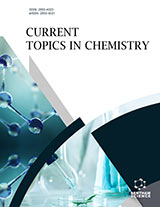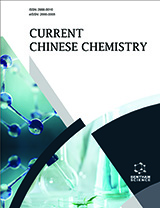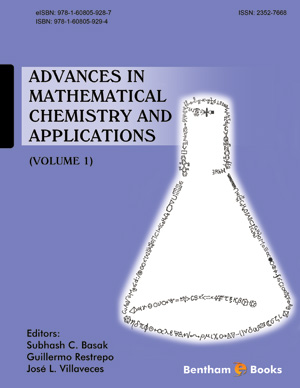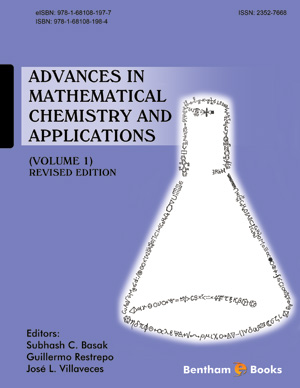Abstract
Transition from water to ice is very crucial in many natural and artificial processes on which our lives depend. No other substance exhibits more crystalline forms than ice, the solid phase of water. Several ice polymorphs are found to exist in pairs, corresponding to high temperature proton disordered state and low temperature proton ordered state. Hexagonal ice is the dominant form of ice at ambient conditions. Ice X is highly symmetrical ice polymorph with hydrogen atoms exactly positioned equidistant to the two adjacent oxygen atoms. Five and seven membered rings of water molecules are observed in ice XII. The orientation of hydrogen bonds plays important roles in assigning the geometries of various forms of ice as in the case of normal and supercooled waters. The largest hydrogen bond bending is observed in ice VI. Orientations of hydrogen atoms result in Bjerrum and ionisation defects in ice crystals, which are responsible for dielectric effects. Auto ionisation, leading to the generation of hydronium and hydroxyl ions in water, promotes ionisation defects. Catalytic properties of ice are found to be remarkable in large number of reactions. TIP4P water model and its variants seem to be the popular models for simulating ice phase of water. Rotational motion of oxygen−hydrogen bonds is responsible for the destruction of ice lattice as temperature increases, leading to the melting of ice. Ice exhibits excellent electrical, optical, mechanical, thermal & surface properties. Thanks to its exceptional thermal properties, ice has been successfully employed as a better alternative to the traditional air cooling systems.
Keywords: Auto ionisation, Bjerrum, Clusters, D defect, Ferroelectric, Heterogeneous, Homogeneous, imidazole, L defect, polymorph, Polytype, Rectifier, Semiconductor, Thermoluminescence, Tyndall.






















